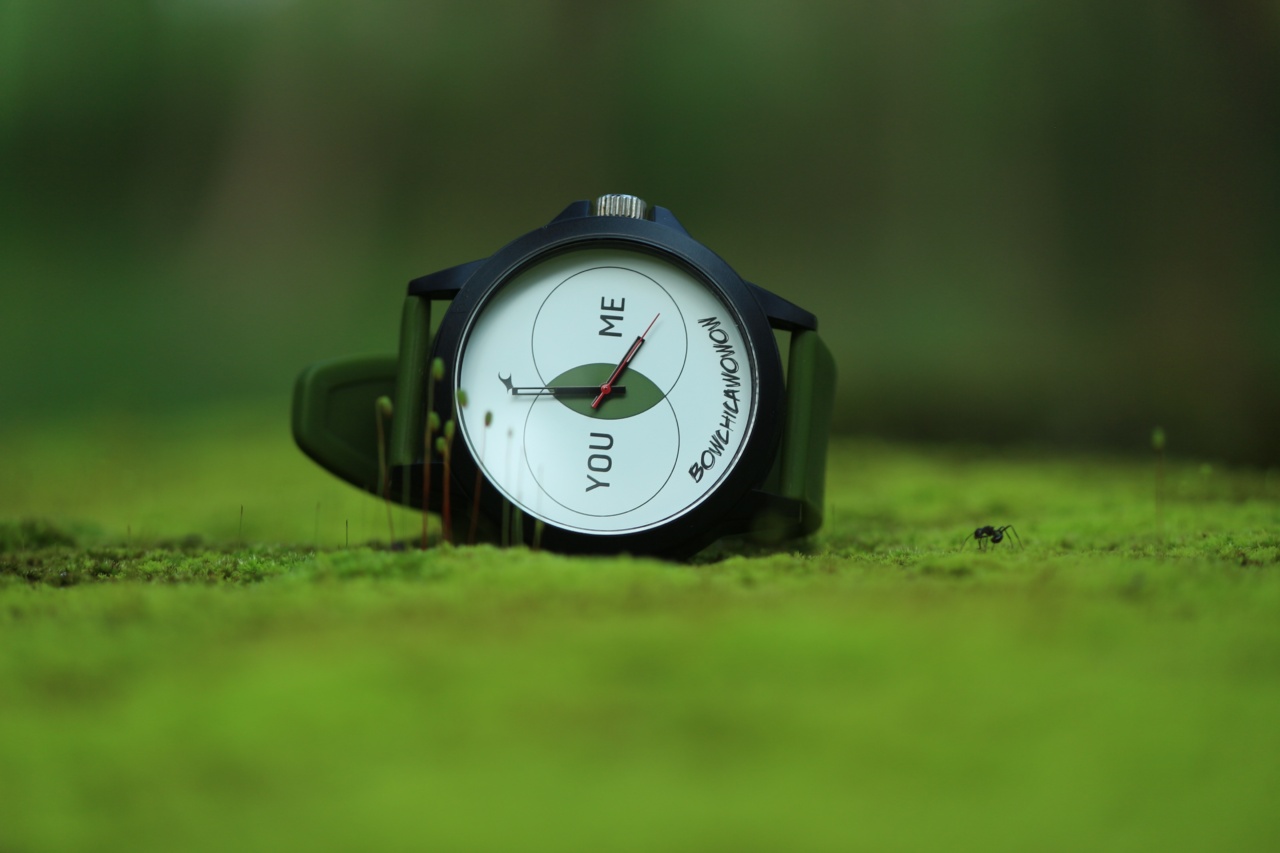Have you ever wondered how much time you have left in this world? Well, it turns out that the circumference of your waistline can provide some insights into your life expectancy.
In this article, we will explore the connection between waistline circumference and longevity, and how you can find out how much time you have left based on this measurement.
The Link Between Waistline Circumference and Longevity
Research has shown that waistline circumference is strongly correlated with various health risks, including cardiovascular disease, diabetes, and certain types of cancer.
Excess fat around the waist, commonly known as belly fat, is particularly harmful to one’s health and can significantly impact life expectancy.
When waistline circumference increases, the risk of developing these health conditions also rises.
This is primarily because belly fat is metabolically active and produces hormones and other substances that can negatively affect the body’s functioning.
Measuring Waistline Circumference
Before we delve into calculating your remaining time based on waistline circumference, it’s important to know how to measure it accurately.
To measure your waistline circumference, follow these steps:.
- Stand up straight and ensure that your abdomen is relaxed.
- Use a measuring tape and wrap it around your waistline, just above your hip bones.
- Ensure that the tape is snug but not too tight, and take the measurement in inches or centimeters.
Calculating Remaining Time
Now that you have your waistline circumference measurement, let’s explore how you can estimate your remaining time based on this information.
Several studies have established a correlation between waistline circumference and life expectancy. People with larger waistlines tend to have shorter lifespans, while those with smaller waistlines have a higher chance of living longer.
There are different formulas and calculations available to estimate remaining time based on waistline circumference, but one commonly used approach is known as the waist-to-height ratio (WHtR).
To calculate your WHtR, divide your waistline circumference by your height. For example, if your waistline circumference is 32 inches and your height is 64 inches, your WHtR would be 0.5 (32 divided by 64).
Understanding WHtR Categories
Based on your calculated WHtR, you can determine which category you fall into:.
- WHtR below 0.5: Individuals in this category typically have a lower risk of health issues and a longer life expectancy.
- WHtR between 0.5 and 0.6: People falling within this range have a moderate risk of health problems and may need to pay attention to their overall lifestyle and habits.
- WHtR above 0.6: Individuals in this category generally have a higher risk of health complications and a shorter life expectancy. It is essential to take proactive steps to improve overall health.
Factors Influencing Life Expectancy
While waistline circumference is an important consideration, it’s essential to understand that it is just one of many factors that can influence life expectancy. Other factors include:.
- Overall health: Your general health, including your fitness level, nutrition, and habits such as smoking or alcohol consumption, plays a significant role in determining your life expectancy.
- Genetics: Your genetic makeup can contribute to certain health conditions and impact longevity.
- Medical history: Past medical conditions and their management can influence life expectancy.
- Environmental factors: Your living conditions, access to healthcare, and exposure to pollutants or harmful substances can also impact your overall health and life expectancy.
Improving Life Expectancy through Healthy Habits
Regardless of your waistline circumference or other factors influencing life expectancy, adopting healthy habits can significantly improve your chances of living a longer and healthier life. Here are some tips:.
- Maintain a balanced diet rich in fruits, vegetables, whole grains, and lean proteins.
- Engage in regular physical activity, such as cardiovascular exercises and strength training.
- Avoid smoking and limit alcohol consumption.
- Manage stress effectively through techniques like meditation, yoga, or engaging in hobbies.
- Get regular check-ups and preventive screenings to detect and manage any potential health issues early on.
Conclusion
Your waistline circumference can provide valuable insights into your overall health and life expectancy. While it is not the sole determinant of how much time you have left, it is an essential factor to consider.
By measuring your waistline circumference and understanding your WHtR, you can gain valuable information about your health risks and take proactive steps to improve your well-being. Remember, adopting healthy habits and making positive lifestyle changes can have a significant impact on your overall longevity.





























